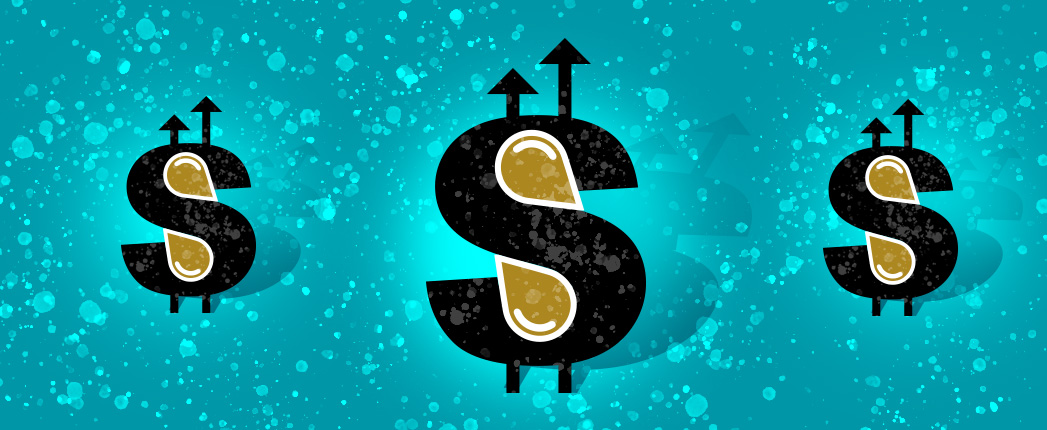
Several major and independent lubricant marketers notified customers of finished lubricant price hikes in the United States that will take effect in October and early November. Factors cited include recent increases in base stock prices and tightening supply.
Oil majors ExxonMobil, Shell and Chevron will increase prices in the range of 8%-12%, according to industry sources.
ExxonMobil told customers it would raise finished lubricant prices in the United States by up to 8% effective Nov. 1. The company cited evolving market dynamics over the past several weeks and a steady increase in finished lubricant demand with the global market recovery. “These market conditions are coupled with tightening base stock supply, base stock producer posted price increases and rising costs for raw materials, transportation and manufacturing,” the company’s notice stated.
Shell’s general lubricants price increase will be by up to 10%, effective Oct. 26.
Chevron will raise its prices by up to 12% on all lubricating oils and greases, also effective Oct. 26.
According to sources, a variety of independent lubricant blenders led the way earlier, with price increases effective around mid-October, generally in the range of 30 cents to 40 cents or up to around 9%-14%.
“Base oil refiners are attempting to defy the weak refining fundamentals – that is, margins – with the recently announced posting increases as COVID continues to disrupt the recovery in demand,” Suzan Jagger, IHS’ vice president for oil markets, midstream and downstream, told Lube Report. “Hot spots across the world seem to be increasing as we enter the fall, so the summertime recovery spike in lubricants sales volume and pricing increases may very well be short lived. This is a fragile market searching for a sustainable position.”
The last round of finished lubricant price changes – which were decreases – took place in March and April. At that time industry insiders cited factors such as the then recent reduction in base stock prices and the initial measures taken to combat the COVID-19 pandemic.
In late August, Hurricane Laura forced several producers along the United States Gulf Coast, including Motiva and Excel Paralubes, to reduce operating rates or shut down temporarily, resulting in reduced supply of base oils. The tighter supply scenario, together with a recovery in demand levels following business reopenings and a relaxation of lockdowns, placed upward pressure on spot base stock prices and eventually led to posted price increases.
By late September, most paraffinic base oil producers had stepped out with price increase initiatives, which raised API Group I, II, II+ and III prices by 15, 20, 25 and 30 cents per gallon, depending on the grade and the producer. This was the second round of increases in about a month, as ExxonMobil, Paulsboro and Avista Oil had also communicated similar price hikes in mid-August. However, no other producers had followed at that time.
Gabriela Wheeler contributed to this article.